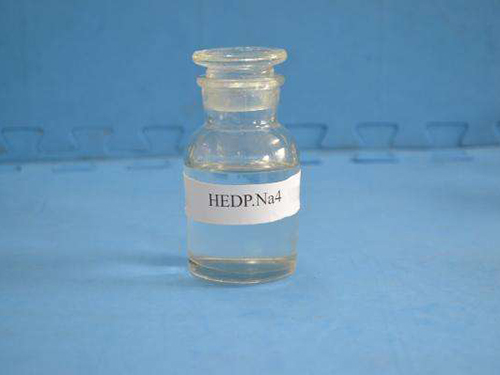partially hydrolysed polyacrylamide
Partially Hydrolysed Polyacrylamide An Overview
Partially hydrolysed polyacrylamide (PHPA) is a synthetic polymer derived from the hydrolysis of polyacrylamide, a compound known for its versatile applications across various industries. PHPA is a water-soluble polymer that possesses unique properties, making it an important material in fields such as oil recovery, wastewater treatment, agriculture, and paper manufacturing. This article explores the composition, properties, applications, and future perspectives of PHPA.
Composition and Properties
The production of PHPA involves the partial hydrolysis of polyacrylamide, resulting in a polymer that includes both amide and carboxylic acid groups. The degree of hydrolysis can be controlled during the production process, allowing manufacturers to tailor the properties of PHPA to suit specific applications. The polymer’s molecular weight can also vary, influencing its viscosity and solubility in water.
One of the key characteristics of PHPA is its ability to form gels and increase viscosity, which is beneficial in numerous applications. The presence of carboxylic groups enhances the polymer’s affinity for water, promoting hydration and swelling. Additionally, PHPA is known for its biodegradability, making it an environmentally friendly choice compared to other synthetic alternatives.
Applications in Various Industries
1. Oil and Gas Industry PHPA is widely used as a viscosifying agent in drilling mud formulations. Its ability to stabilize the mud and control fluid loss is critical in maintaining wellbore stability during drilling operations. Furthermore, PHPA aids in the recovery of oil from reservoirs by reducing friction and enhancing the flow of oil through porous rock formations.
partially hydrolysed polyacrylamide

2. Wastewater Treatment In wastewater management, PHPA acts as a flocculating agent that aids in the aggregation of suspended particles, facilitating their removal from water. The polymer helps in the clarification of effluents, making it an effective solution for treatment plants aimed at meeting environmental regulations.
3. Agriculture The use of PHPA in agriculture is gaining popularity due to its ability to enhance soil structure and moisture retention. It can be added to soil to improve water infiltration and reduce erosion, thereby promoting better crop yields. Additionally, PHPA can be used in agricultural films to minimize water loss while effectively managing soil moisture.
4. Paper Manufacturing The paper industry employs PHPA as a retention aid to improve the retention of fine particles and fillers during the papermaking process. By enhancing the efficiency of the production process and improving product quality, PHPA plays a significant role in the economics of paper manufacturing.
Future Perspectives
As industries continue to seek sustainable and efficient solutions, the demand for partially hydrolysed polyacrylamide is anticipated to grow. Research and development efforts are focused on enhancing its biodegradability and efficacy in various applications. Innovations that incorporate PHPA into new formulations or hybrid materials may further expand its reach.
In conclusion, partially hydrolysed polyacrylamide stands out as a multifaceted polymer with diverse applications across several crucial industries. Its unique properties, coupled with its environmental benefits, position PHPA as a material of choice in the modern industrial landscape. Continued research and technological advancements will likely pave the way for even broader utilization of this important polymer in the future, reinforcing its significance in industrial applications.
-
Water Treatment with Flocculant Water TreatmentNewsJun.12,2025
-
Polymaleic AnhydrideNewsJun.12,2025
-
Polyaspartic AcidNewsJun.12,2025
-
Enhance Industrial Processes with IsothiazolinonesNewsJun.12,2025
-
Enhance Industrial Processes with PBTCA SolutionsNewsJun.12,2025
-
Dodecyldimethylbenzylammonium Chloride SolutionsNewsJun.12,2025





